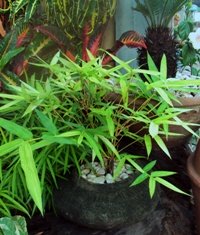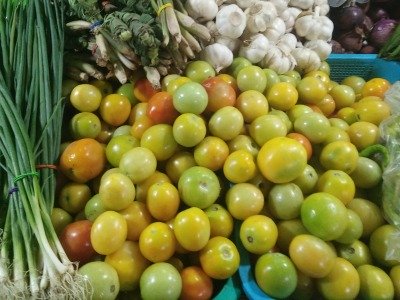Jan Ingenhousz (1730-1799). Ingenhousz was born in Breda, Holland.
He obtained a degree in medicine from the Catholic University of Louvain in Belgium, summa cum laude, in 1753.
From 1768 to 1788 he lived in Vienna as a physician to the Austrian court (Rook 1964; Egerton 2008).
He discovered that the ability of plants to purify the air, now known to result from photosynthesis, occurred only when the green parts of plants were exposed to sunlight.
He showed that green plants expel oxygen in the presence of sunlight, but under shade or in the dark they produce carbon dioxide.
For three months in 1778 when he was in England, he conducted about 500 experiments the results of which were published the following year (1779).
He conducted experiments on air purification following Priestley’s methods and arrived at the same conclusion as Priestley’s that green plants could purify contaminated air.
However, he found that it occurred in just hours and not days.
Read more


